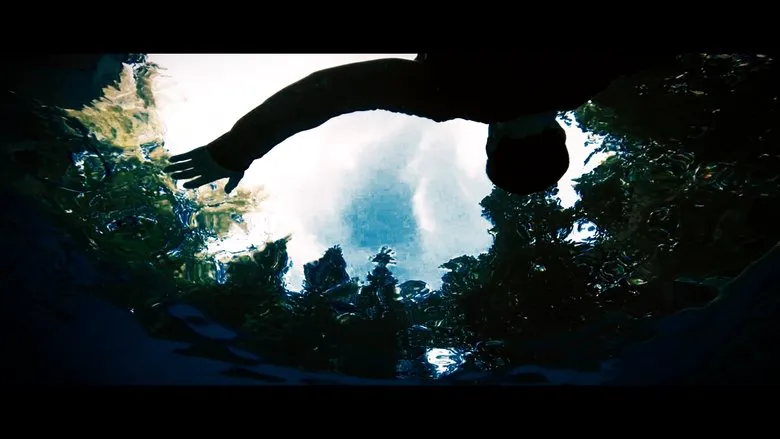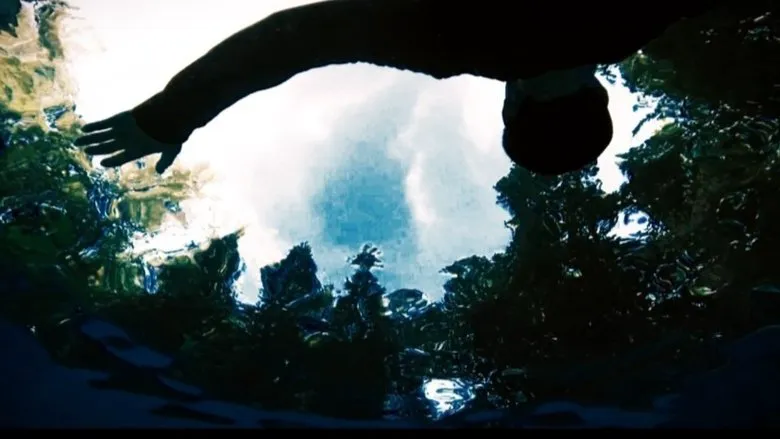Behind the Veil of Memory: Crafting the World of Panopticon
In an age where technological advancement often outpaces ethical contemplation, Panopticon arrives as a timely and chilling cinematic experience. More than just a science fiction thriller, this film plunges audiences into the murky depths of human consciousness and the perilous potential of unbound innovation. But what went into creating such a thought-provoking, uncomfortable, and ultimately unforgettable journey?
The Genesis of A Nightmare: Concept and Script Development
At its core, Panopticon is built on a simple yet terrifying “what if” – what if we could not only record memories but manipulate them? The film’s inception, according to insights from the filmmakers, stemmed from a collective fascination with the duality of progress. “We wanted to explore the idea that every revolutionary tool carries and equal, if not greater, capacity for misuse,” shares the film’s lead writer. The central device, the Panopticon itself, became a literal and metaphorical representation of unchecked ambition.
The script, reportedly undergoing numerous revisions, painstakingly developed the relationship between Ethan, the charismatic visionary, and Ryan, the more cautious pragmatist. This friendship, a foundation of their startup NeuroSpark, slowly erodes under the weight of their creation’s moral implications and the lure of immense wealth. “Their dynamic was crucial,” explains the director. “It’s the personal tragedy that amplifies the technological horror. Two friends’ differing views on playing God.” The pivotal moment of Ethan experiencing a memory that wasn’t his own was a carefully constructed turning point, designed to irrevocably shift the film’s trajectory from innovation to existential dread.

Visualizing the Intangible: Cinematography and Production Design
Translating the abstract concept of memory recall and manipulation into a compelling visual language was one of Panopticon’s most significant challenges. The cinematography crew embraced a visual strategy that deliberately blurred the lines between reality and simulation. Shots often transition seamlessly, or jarringly, between crisp, present-day scenes and distorted, ethereal memory sequences, pulling the audience directly into Ethan’s fractured perception.
“We leaned into a blend of clean, almost sterile futurism for NeuroSpark’s headquarters, contrasting it with grittier, more fragmented visuals for the manipulated memories,” explains the film’s cinematographer. This created a sense of unease, reflecting Ethan’s growing paranoia and the insidious nature of the technology. The Panopticon device itself was designed to be sleek and enticing, yet with a subtle, almost unsettling geometry that hinted at its invasive capabilities.
The Symphony of Unease: Aural Landscapes
Complementing the visuals, the film’s score acts as an invisible character, a haunting, pulsing theme that mirrors Ethan’s internal descent. The composer aimed to create a soundscape that felt both futuristic and deeply primal. “We wanted the music to slowly seep into the audience’s subconscious, reflecting the way the Panopticon seeps into Ethan’s mind,” says the film’s composer. Layers of ambient sound and unsettling dissonance contribute to the omnipresent sense of tension and foreboding that permeates every frame.

The Human Heart of Technology: Casting and Character Depth
The success of Panopticon hinges significantly on the nuanced performances of its cast, particularly the complex dynamic between Ethan and Ryan. The casting directors sought actors capable of portraying both intellect and vulnerability, individuals who could convey the weighty ethical dilemmas impacting their characters.
The actor portraying Ethan underwent extensive preparation to embody the character’s intellectual brilliance and his spiraling moral crisis. His journey, from an eager innovator to a desperate individual hell-bent on reversing his creation, forms the emotional backbone of the film. Similarly, the actor playing Ryan masterfully balances corporate ambition with the remnants of his past friendship, creating a multifaceted antagonist who isn’t purely evil, but dangerously blinded by opportunity. The tension born from their conflicting ideals, from their strained conversations to their explosive confrontations, provides the necessary human drama that grounds the film’s high-concept sci-fi premise.
Navigating the Ethical Minefield: Responsible Storytelling
Perhaps the most compelling aspect of Panopticon’s production was the rigorous dedication to exploring its core ethical questions. The filmmakers engaged with various experts, from ethicists to neuroscientists, to ensure the philosophical dilemmas presented were not just sensational but credible and deeply unsettling.
“We didn’t want to just make a cool sci-fi movie; we wanted to provoke genuine thought about our responsibilities as creators and consumers of technology,” says a producer. The concept of “playing God” with memories – their sanctity, ownership, and potential for manipulation – was continuously debated throughout script development and production. This commitment imbued the narrative with its powerful, lingering impact, forcing audiences to confront their own notions of identity and autonomy in a world increasingly shaped by algorithms and data. The presence of powerful external forces – government, corporations, and a rogue scientist – serves to amplify these ethical stakes, illustrating how quickly a grand idea can spiral beyond its creators’ control.
Bringing Panopticon to the screen was an ambitious undertaking, blending intellectual inquiry with edge-of-your-seat thrills. The filmmakers meticulously crafted a world that feels both familiar and frighteningly alien, driven by powerful performances and a pervasive sense of dread. The result is a film that challenges us to peer behind the veil of our own memories and question the true cost of human ingenuity. Panopticon is not just entertainment; it’s a stark, compelling warning echoing into our digital future.